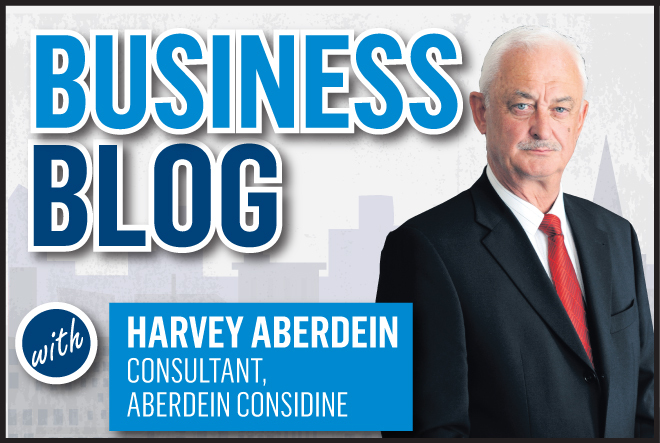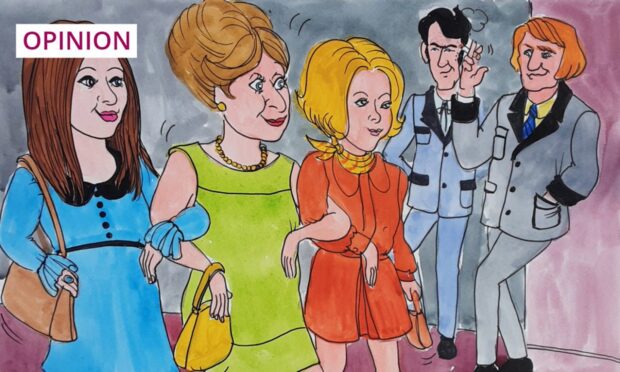The prolonged drop in oil prices – which has now lasted for almost two years – has had a profound effect on the economies of the north and north-east.
Thanks to so-called “black gold”, our region escaped the 2008 global financial crisis with little more than a flesh wound.
As the rest of the country suffered from plummeting property prices, the north-east was enjoying rampant growth.
However, this oil crisis has cut much deeper, leaving many people concerned about their most valuable asset – their home. So this time I thought we might have a closer look at the property market, particularly in Aberdeen and Aberdeenshire.
Over my four decades in the legal and property business, I have seen several “boom and bust” periods in the region. However, what each of these “bust” times have in common is that over the long term, the value of property has always ended up rising.
What’s happening in the market right now?
I’ll start with the latest property statistics, which I think need to be taken in context.
The headline figures from the most recent Registers of Scotland quarterly report do not make for easy reading.
They tell us that property sales in Aberdeen and Aberdeenshire in the second quarter of the year (April to June) fell by just under 20% when compared with last year.
Average property prices are also on the slide, down 6% in Aberdeen and 10% in Aberdeenshire when compared to last year.
These figures all sound bad – and ideal they are not – but the boom in north-east property sales which preceded the drop we are now experiencing was unprecedented. It was a boom which could not continue forever.
What all this has left is a mixed picture which can be summarised as follows:
The good…
The current market offers considerable opportunities for young people – a generation which has been squeezed out in recent years.
Indeed, if you are a first-time buyer or moving from your first home into a second, larger one, then there has rarely been a better opportunity for you to buy.
There are three reasons for this. Firstly, as mentioned above, property prices are currently falling.
Secondly, there are a large number of properties on the market due to the volume of oil workers leaving the area. This means there are fewer buyers per property which reduces competition.
Thirdly, and probably most importantly, mortgage lending is very healthy and interest rates are low.
The bad…
The combination of the oil crisis and the new Scottish Land and Buildings Transaction Tax (LBTT) have created a perfect storm at the top end of the market.
The slowdown in luxury home sales probably accounts for the vast majority of the sales drop reported in the figures above.
Put simply, there are not the same number of buyers at this end of the market as there has been in recent years.
If you have a home worth more than £300,000, you need to price it competitively and market it properly if you are to stand a chance of selling.
The ugly…
As a consequence of the slowdown in the top end of the market, those who have expensive homes and who have suddenly found themselves without work are being left in a difficult position, as their property is taking time to sell.
The top end of the market will continue to be a difficult place, unless we either see a sudden change of economic circumstances or some government intervention, perhaps to relax the upper LBTT rates in areas where the market is tougher.
What now?
Despite the double-digit drop in sales, only Edinburgh, Glasgow, Lanarkshire and the Highlands enjoyed a higher volume of transactions.
Even our sliding property prices – at £224,000 in Aberdeen and £235,000 in the Shire – are still second only to Edinburgh.
The oil industry has not packed up and gone away. And despite the tragic loss of so many jobs, the current unemployment rate in the north-east is still below the Scottish average.
Things are “nae great” as they say in this part of the world and undoubtedly we should have tried harder to diversify our economy when we had the chance.
However, I do have confidence in the resilience of the people of the north and north-east and I believe that there will be a recovery, although I accept there are numerous novel factors behind this particular slump in the oil price and the road ahead may be a rough one.
To conclude, I’ll return to one of my first points – that over time, property has a track record of delivering monetary growth.
Property, like any form of investing, should be measured against its long-term return.










